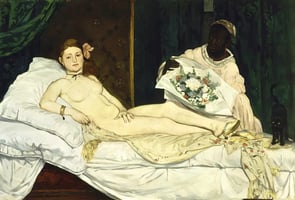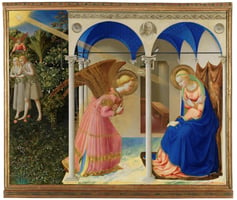Edouard Manet was a French painter of the late 19th century, who is widely regarded as one of the...
Claude Monet's Impressionist Artwork Captured the Beauty of Nature
Claude Monet is one of the most celebrated painters in history. He is often credited with founding the French Impressionist school of painting, which focused on capturing the fleeting effects of light and atmosphere in nature. Monet's paintings are characterized by their vibrant colors and the way they capture the changing effects of light on the landscape.
Monet was born in Paris in 1840 and spent much of his childhood in the countryside. He was initially trained as an artist in the traditional academic style of painting, but soon developed his own unique style. He was particularly inspired by the natural beauty of his surroundings and sought to capture the transient effects of light and atmosphere.
His works often featured landscapes and scenes of modern life as seen through his unique lens. He often used thick layers of paint to portray the vivid colors of the sky and the water, and he experimented with different techniques to capture the changing effects of light on his subjects. Monet is perhaps best known for his series of paintings of the water lilies in his garden at Giverny.
Throughout his career, Monet continually experimented with techniques and approaches to painting. He was an early adopter of the technique of painting outdoors, known as plein-air painting, which allowed him to capture the changing effects of light on his subjects. He also sought to capture the effects of movement, which he achieved by blurring his brush strokes.
Monet was a master of capturing the transient effects of light and atmosphere in nature, and his works are some of the most beloved and influential of all time. His works are a testament to his dedication to his craft, and they continue to be admired and studied by art lovers around the world.




